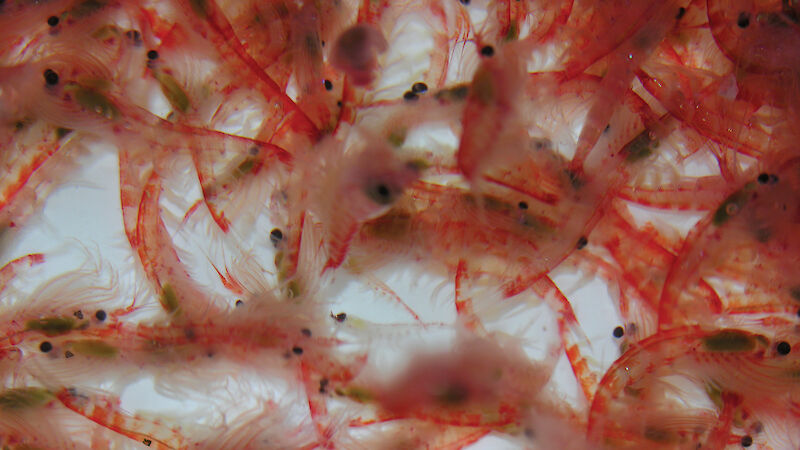Australia has welcomed a new regulatory regime which has been set for the rapidly expanding Southern Ocean krill fishery — predicted to become one of the world’s largest fisheries.
While significantly increasing the catch limits for krill in some areas, the annual meeting of the Commission for the Conservation of Antarctic Living Resources (CCAMLR) held in Hobart during the past two weeks, has balanced this with a range of conservation and protection measures proposed by Australia to manage the orderly and precautionary development of the krill fishery.
The leader of the Australian delegation at CCAMLR — Dr Tony Press, who is the Director of the Australian Antarctic Division — said demand for krill is increasing for use in aquaculture, pharmaceuticals and as food additives.
“Increasing investment in the fishery, new fishing technologies and developing markets for krill oil and other biochemicals make it imperative that the ecosystem is adequately protected before major expansion of the fishery,” Dr Press said.
“The measures taken at this year’s CCAMLR meeting are an important step in ensuring that we gather appropriate scientific information before the expected increase in the harvest of krill.”
Dr Press said the annual Total Allowable Catch for the CCAMLR fishery off the coast of Eastern Antarctica had been increased significantly on the basis of the latest scientific advice — up from 450,000 tonnes to 2.645 million tonnes.
He said an Australian survey of the krill resources in this area in 2006 had shown that a fishery of this size could be sustained based on an estimated biomass of 28.75 million tonnes in the region.
“Balancing this is a new requirement that all krill vessels fishing the CCAMLR area must participate in the CCAMLR vessel monitoring system and that vessels operating in Eastern Antarctica must have observers aboard.
“The new measures will also require more frequent reporting of krill catches, more rigorous notifications to participate in the krill fishery, and new trigger levels so that once a certain catch level is reached additional management tools will be introduced in order to protect those animals which feed on krill,” Dr Press said.

